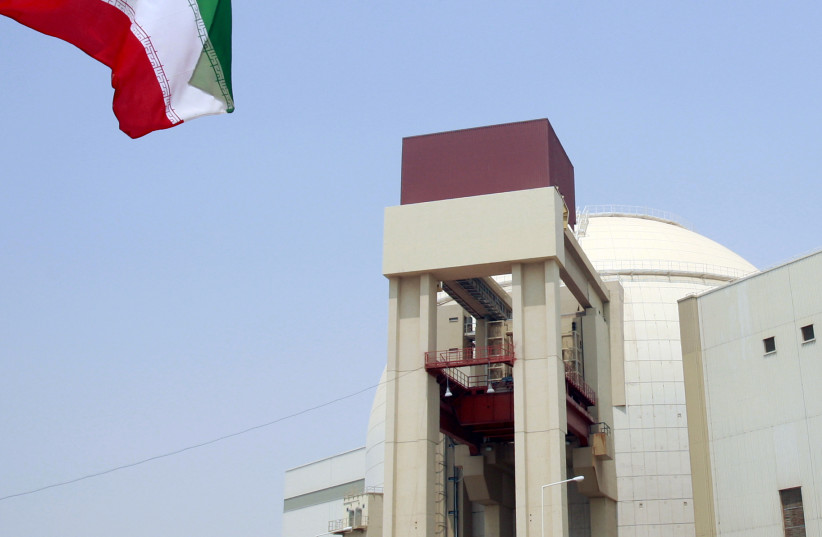
Iran’s nuclear facility at Natanz appears to be paving the way for sensitive facilities to increasingly go underground according to satellite photos analyzed by The New York Times.Publication of the suspected findings is timed to coincide with Iran-Israel tensions and comes before US president-elect Joe Biden is sworn in. This is important because there is a spotlight on Iran’s nuclear activities. This facility has been in the news in the past. In July, due to a mysterious explosion that apparently damaged key centrifuges housed in a warehouse and in 2002, when satellite photos also showed evidence of underground construction in the secretive facility.This comes days after plans by Iran to install advanced centrifuges at Natanz were seen as worrying France, Germany and the UK. The images of the tunnels and the centrifuge story are connected and not a coincidence. Iran is telegraphing its plans and there are messages being sent to the incoming US administration.The obvious question is, if Iran’s nuclear program is merely peaceful, then why does the country go to such lengths to hide it. Peaceful programs don’t require clandestine underground tunnels built on dirt roads that are supposed to appear inconspicuous but are actually key military industrial complex facilities. Iran has many such facilities and has shown off a ballistic missile mobile launcher on a train that can be moved from an underground facility at another location. It has hidden missile construction sites at Khojir and has also built underground sites at Imam Ali base in Syria, and aided Hezbollah in the same expertise. The regime has become expert at tunneling, helping the Houthis in Yemen to hide missile and drone construction. This shows that what Iran is doing at Natanz is clearly aimed at hiding aspects of its nuclear program as it continues to violate the 2015 deal, the Joint Comprehensive Plan of Action (JCPOA).The revelation of this facility comes as Biden’s team is discussing how it might re-enter the JCPOA and then negotiate with Iran. There are hard-liners and moderates on team Biden, some wanting a slower approach and others wanting to show Iran that the US is changing after four years of Trump administration sanctions. This matters to Israel and other countries in the region, such as in the Gulf. A nuclear armed Iran or tensions over the program destabilize the region and cause disputes. The recent study was conducted by the visual investigations team at the Times. It appears all the digging is linked to the July 2020 sabotage that Iran blamed on enemies. The recent assassinations of an Iranian general and the scientist at the heart of the nuclear program has caused Tehran to vow revenge.It is believed Iran’s vow is aimed at Israel and the US. The new underground work may not be massive, but several roads are linked to the new tunnel entrance. Iran’s facility is not entirely secret. It already has an underground aspect revealed in 2003, to be some seven meters underground. It has also vowed to build in the “heart” of the mountains. This means it is broadcasting its work. It may even want its enemies to know where it is digging, since normal civilian satellite images can see the traces of the new tunnel and roads.Iran’s regime is sophisticated and it knows it is being watched. If it is digging to house new centrifuges of the advanced type needed to enrich uranium that it is stockpiling, then it is making them harder to sabotage, but it is not building facilities that are out of reach of US bunker buster type bombs.In short, Iran is saying that it wants the US to know what it is doing, to raise eyebrows without telegraphing all its intentions, and leaving open the fact that these facilities might not be used, or could be eliminated. Britain, France and Germany already expressed concern about Iran’s advanced centrifuges at Natanz this week. The new photos show that there is a concerted campaign to reveal to the world the extent of Iran’s troubling activities. The end goal is likely to slow down the western desire to embrace or appease Iran’s nuclear ambitions until it returns to the guidelines of the 2015 deal. Source
Related posts:
Views: 0
 RSS Feed
RSS Feed

















 December 11th, 2020
December 11th, 2020  Awake Goy
Awake Goy  Posted in
Posted in  Tags:
Tags: 
















